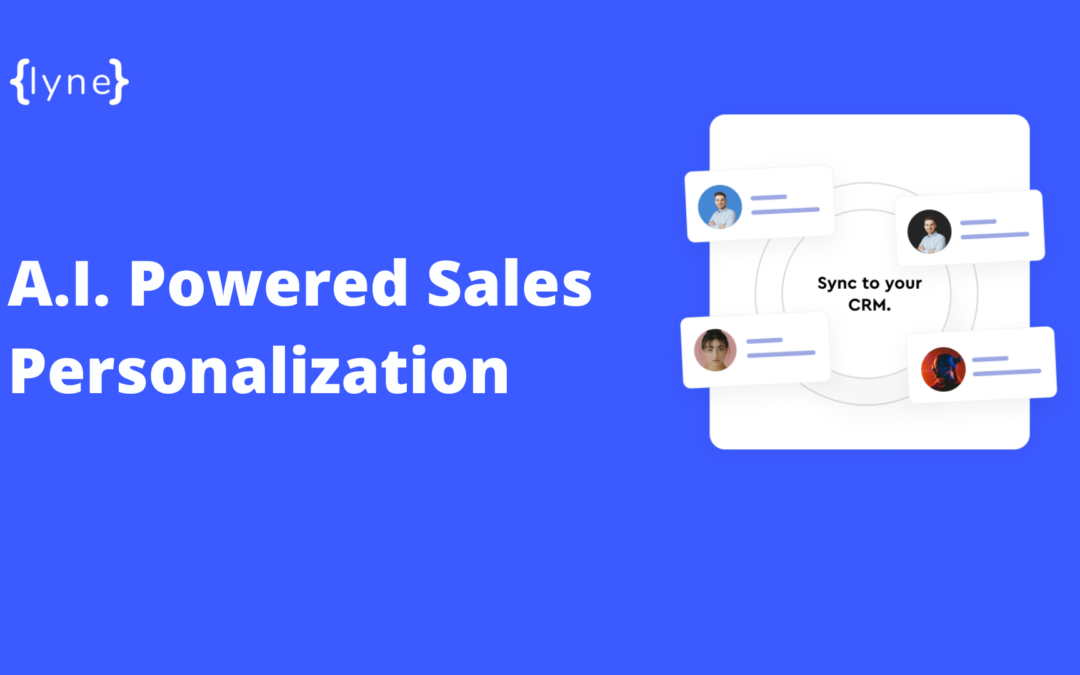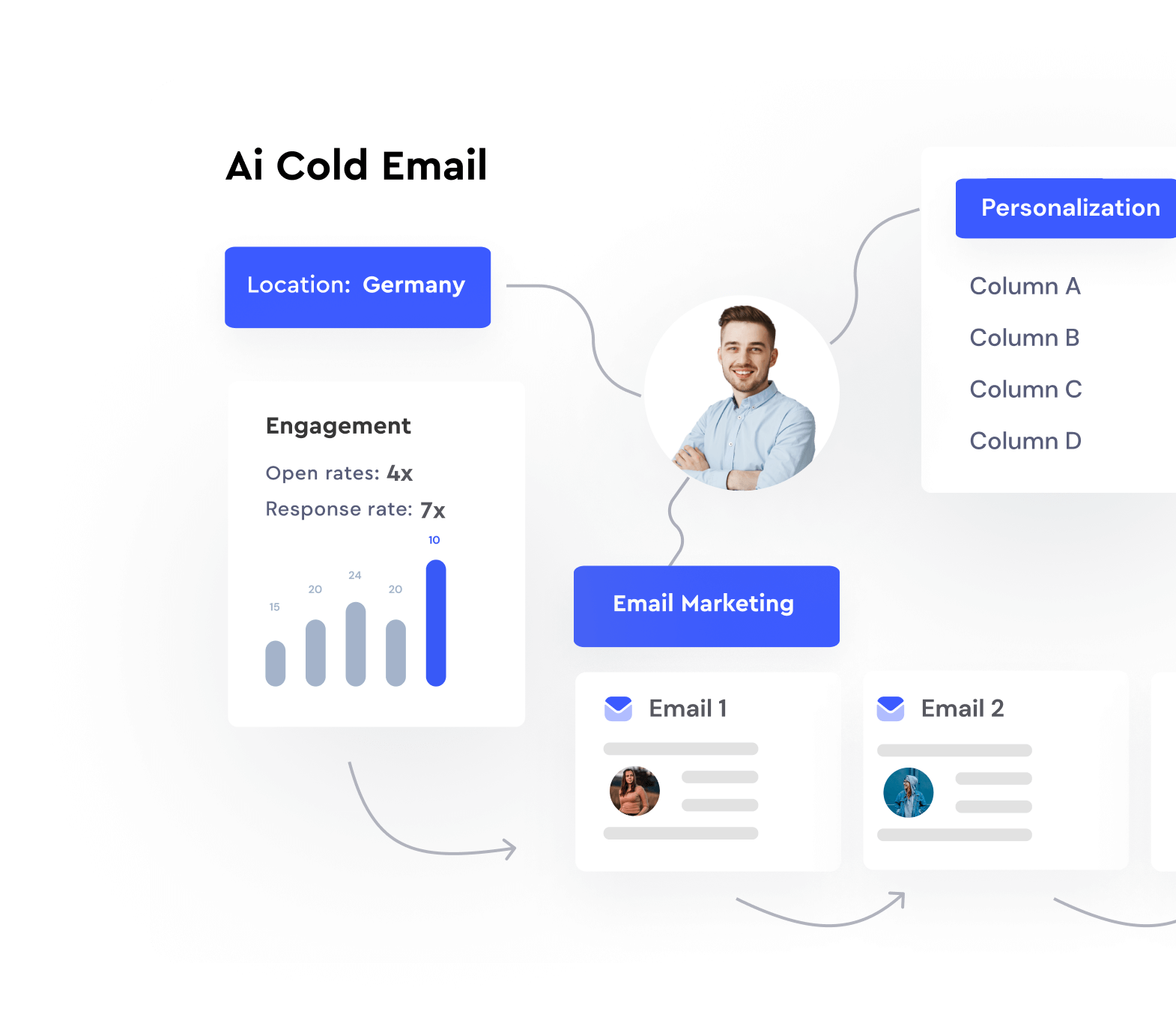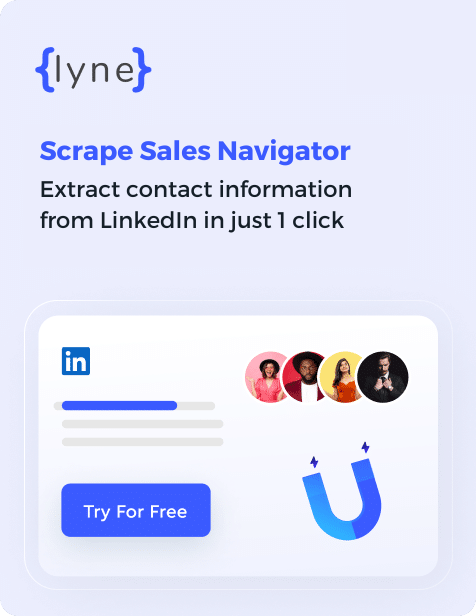
Point of Contact Definition: What Does Point of Contact Mean?
Contents
A point of contact is a term that is used in business to describe one person or company that has the responsibility for providing information, goods, or services to another person or company.
A point of contact can be a single individual or it can be an entire department within an organization. For example, if you are applying for a job at a company, you will likely use the human resource department as your point of contact. Here are some ways to think about point of contact and how it applies to your life.
Define point of contact
Point of contact is a term in business that can refer to a specific person or company that has the responsibility for providing information, goods, or services to another person or company.
A point of contact can be a single individual or it can be an entire department within an organization. For example, if you are applying for a job at a company, you will likely use the human resource department as your point of contact.
Point of contact can also refer to the individual who is in charge of answering the phone and responding to requests. This person is your point of contact and is also sometimes called a receptionist.
This person may be the one who books appointments, takes messages, and routes calls to the appropriate person or department.
Point of contact can also refer to the individual who has the responsibility of maintaining a particular relationship with another individual or company. For example, if you work with a sales organization, your point of contact may be the salesperson who has been assigned to your company.
Point of contact can also refer to the individual who is responsible for a specific piece of information.
What does point of contact mean?
Point of contact is a term used in business to describe a person or company that has the responsibility for providing information, goods, or services to another person or company.
The point of contact can be a single individual or it can be an entire department within an organization. For example, if you are applying for a job at a company, you will likely use the human resource department as your point of contact.
Here are some ways to think about point of contact and how it applies to your life: Imagine you are looking for a new apartment and you don’t know anything about the town you want to live in. You could use Facebook to search for people who live in the town and see what they have to say about it.
Another example: Let’s say you’re looking for a new pizza place that delivers. You could scan your phone’s directory for pizza places that deliver and then call each place to ask what their delivery radius is.
Point of contact is about finding the right person or company to ask for information, goods, or services.
How to find the right point of contact?
A point of contact can be an individual or an entire department. We get questions like "Can I get in touch with the XYZ department?" or "How do I find the point of contact for ABC Company?"
The answer to these questions is yes! You can find your point of contact by searching for their name on the company's website, looking at the company's directory, or calling the company for more information.
Reading tip: The 7 Best AI Email Tools for Salespeople
If you are unsure who your point of contact is, you can always ask someone at the company. They will be able to help you find the right person.
Once you have contact information, you're ready to get started establishing your relationship with your new point of contact.
Why is it important to find the right point of contact?
When you’re looking for a new job, it’s important to find the right point of contact. This is because different departments have different responsibilities.
For example, the human resources department is responsible for hiring, training, and maintaining a company’s workforce. If you apply for a job with a company and you work with the human resources department, you need to be clear about how you want to be contacted.
By telling the HR department that you would like to be contacted by email, they will then contact you by email only.
Point of contact is important not only when applying for jobs, but also in other areas of your life. Let’s say you need to make an appointment at the doctor’s office. You will probably go to the front desk and ask to make an appointment with a specific doctor or time period. The receptionist is your point of contact here.
In both of these examples, it’s important to know who your point of contact is. You want to be able to know who to go to when you have a question or a request. Knowing who your point of contact is will help you get your desired results faster and more efficiently.
Conclusion
Point of contact means the person or company that is the central contact for another person or company.
Point of contact is often used in business to describe one person or company that has the responsibility for providing information, goods, or services to another person or company.

Personalize cold emails at scale without the hard work
Personalize at Scale with Lyne.ai
Lyne offers sales personalization and automation at scale


